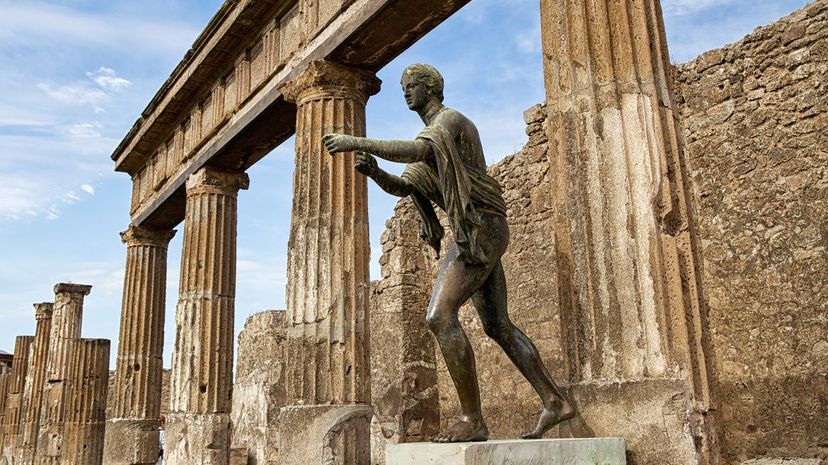
About This Quiz
Tsunamis, volcanic eruptions and plagues have been common occurrences throughout history, but the ancient world was hit with some devastating blows. At the time, little was understood about these massive events, and people were not as prepared for them as we are today. These disasters sometimes even struck at night when no one could brace themselves and escape in time. While some disasters gave signs and warnings that they were about to occur, others did not, and many resulted in countless untimely deaths and destroyed cities. What do you know about these disasters?
Everyone has heard about the tragedy in Pompeii, which buried an entire city under volcanic dust and ash. While the ruins of this city have been well preserved, enabling us to learn so much more about it and its people, other cities were lost forever. This is true for the city of Helike, which similar to the city of Atlantis, disappeared underneath the water where it vanished. Unfortunately, for many ancient cities, the devastation became a harsh reality that was hard to avoid. Plagues also spread like wildfire through many ancient cities and obliterated their populations.
Are you an expert on the earthquakes, plagues and other disasters that took place in Egypt, Greece and other areas of the ancient world? If you are, then take the quiz to prove that you know it all!
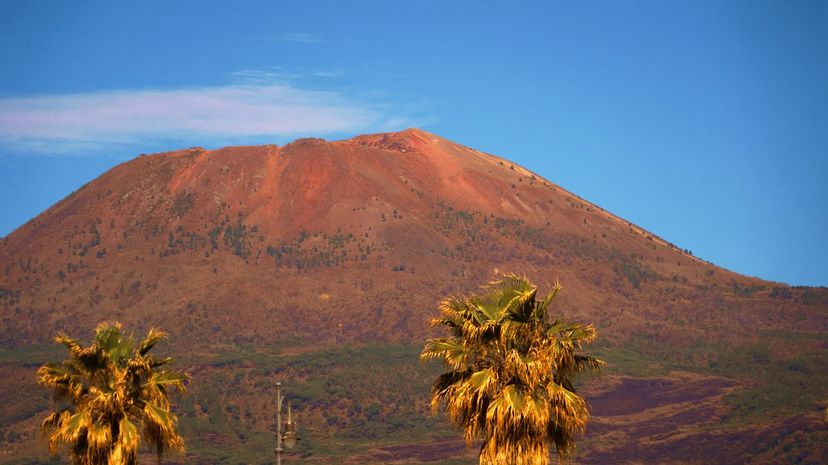
Pompeii is one of the biggest tragedies of the ancient world. The once-bustling city was wiped out instantly and buried for 1,500 years until it was unearthed. Much of the city was well preserved, including many of its citizens who were covered in volcanic ash the moment they died.
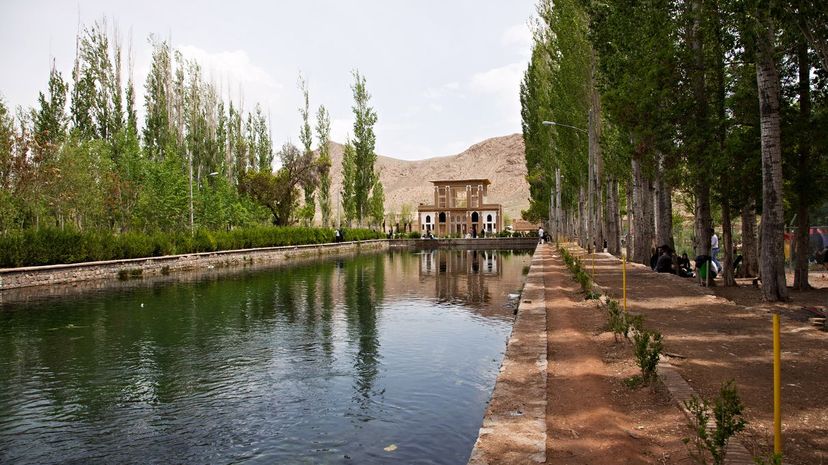
This earthquake had a large impact on this area of the world, now known as Iran, killing more than 200,000 people. It hit a magnitude of almost 8.0 on the Richter Scale, and happened in December of 856 AD.
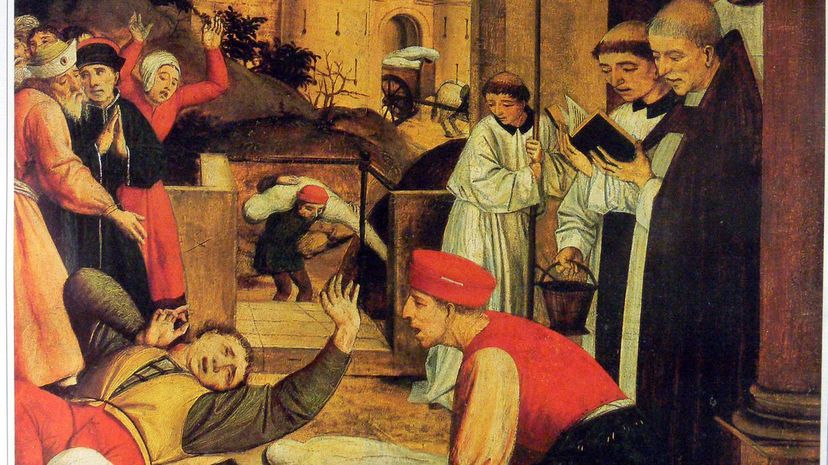
This terrible plague was similar in nature to the later Black Plague in that they both shared the same bacteria. It heavily affected the people in the empire and has gone down in history as one of the most devastating sicknesses to affect a human population.
Advertisement
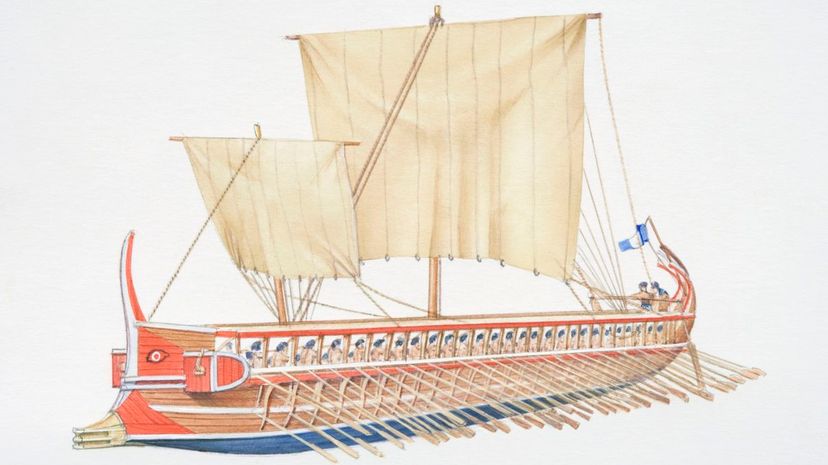
The Helike tsunami was enough to sink an entire city, so it had no trouble sinking a few ships. These ships belonged to Sparta, an ancient city-state in Greece that was destroyed by the tsunami.

As if a terrifying volcanic eruption wasn't enough, the Santorini area of Greece was also hit by tsunamis and earthquakes. They also hit the coasts of many areas around Santorini, taking out vegetation and settlements.
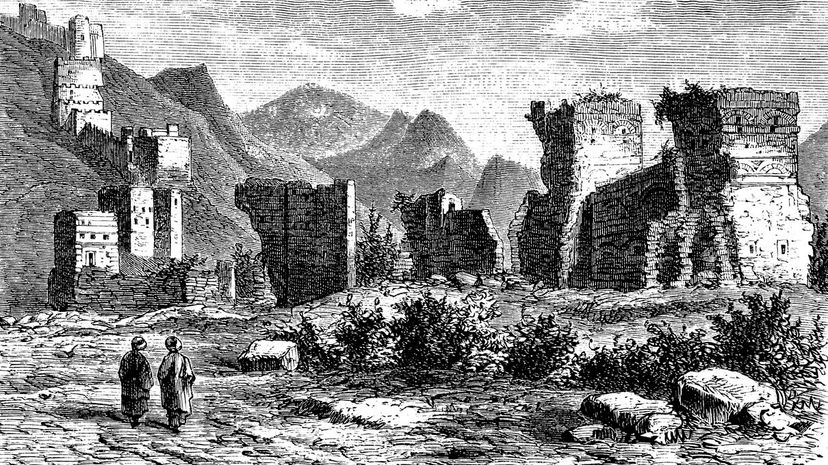
Modern-day Syria was hit by this 7.0 magnitude earthquake, which was responsible for the deaths of over 200,000 people. The earthquake was so large that many more hit the area for more than a year after the initial blow.
Advertisement
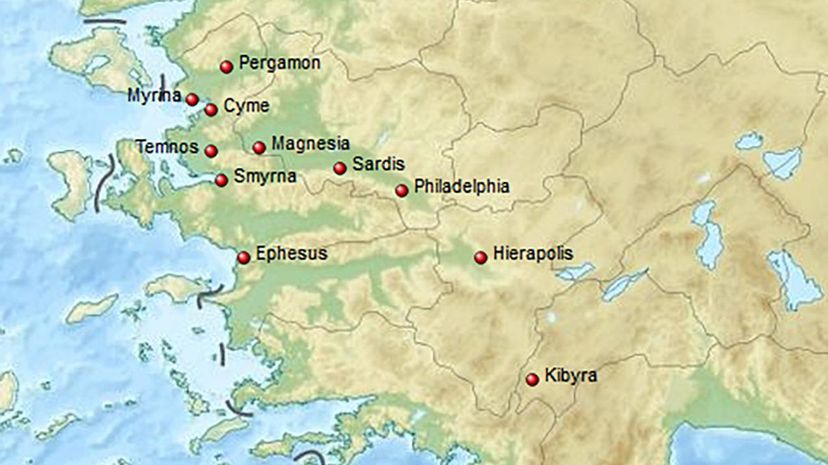
The Lydia Earthquake happened in 17 AD and completely wiped out many cities in the area of this Roman province in Asia minor beyond repair. The emperor at the time recognized the devastation that had taken place and waived the taxes of his citizens for five years?
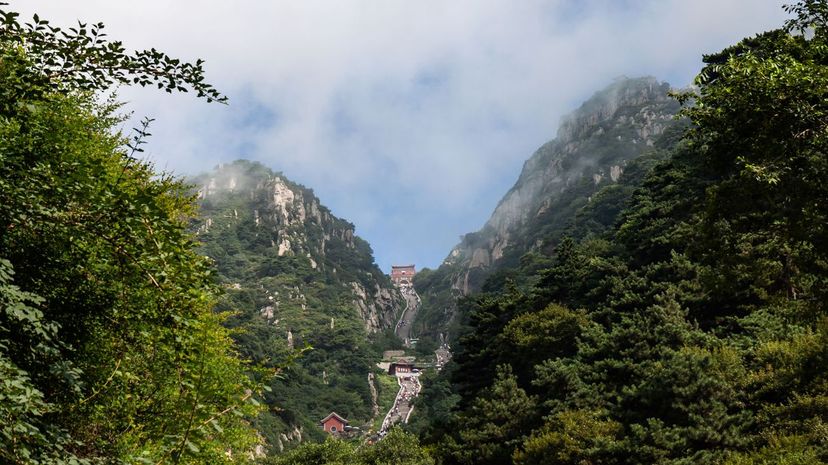
Mount Tai, located in China, was the first earthquake to ever be recorded. Despite this, we still have very little information on the disaster, other than that it took place during the Xia Dynasty. There is also no record of the death toll.
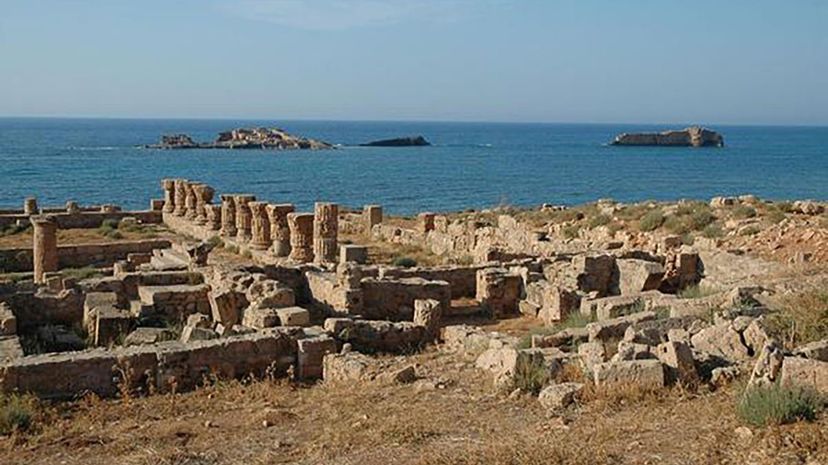
Neapolis was sunk after the earthquake in Crete that created a powerful tsunami. It covered the city, which wasn't found until recently when the ruins came under the radar of archaeologists.
Advertisement
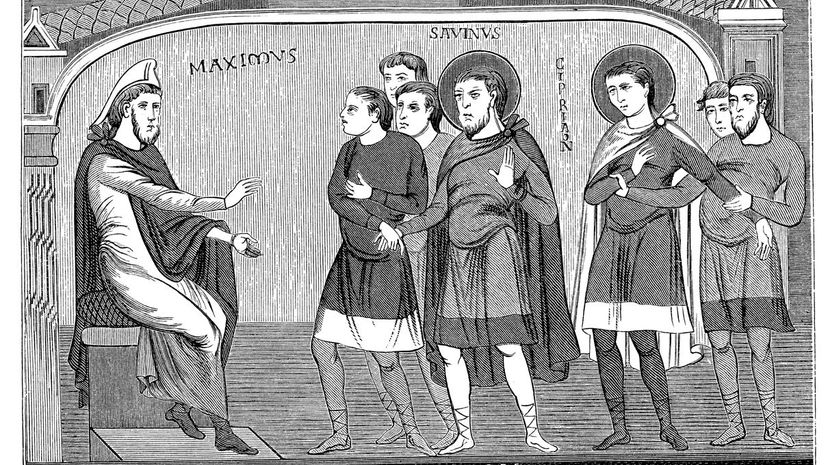
The Plague of Cyprian began in Ethiopia and quickly spread to other areas, including Greece and Rome. At its height, as many as 5,000 per day in Rome died from the plague.
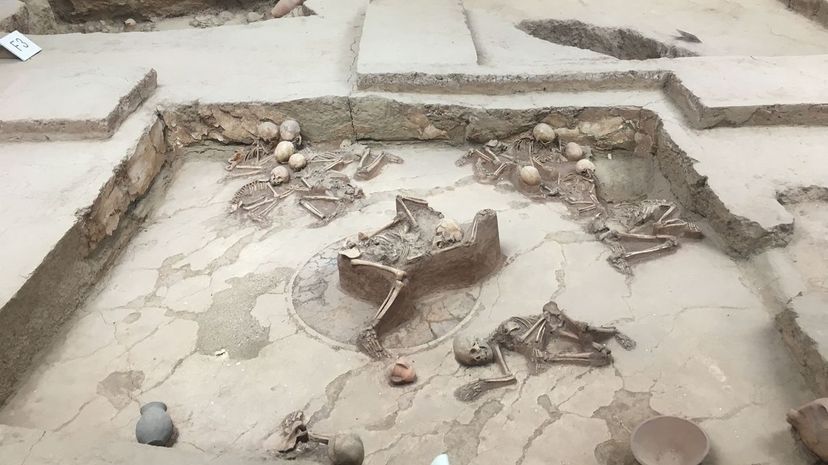
The Lajia, China Disaster took out many people and their homes all along the Yellow River. The remains were found and the flood is determined to have happened in 1920 BC. Iit has taught us much more about the time period.

The Crete earthquake started a large tsunami shortly after its occurrence. It ended up wiping out thousands of people. The earthquake itself was estimated to be at an 8.0 on the Richter scale.
Advertisement
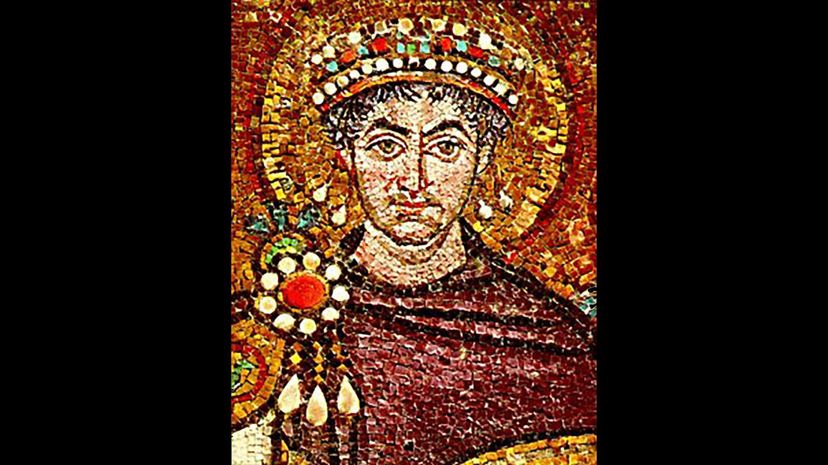
The emperor at this time was Justinian I, after whom the plague was ultimately named as it happened during his reign. He was one of the lucky few who were able to come out of the sickness alive, while thousands of others died each day.
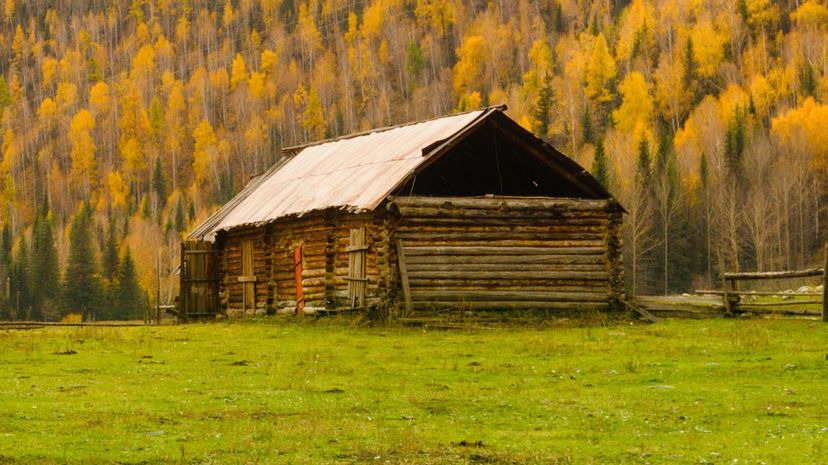
Hut F40 is the name of the building in which the remains of these individuals were discovered. Though it's not exactly clear how these individuals died, it's thought that they were killed in an epidemic and put into the hut as their resting place.
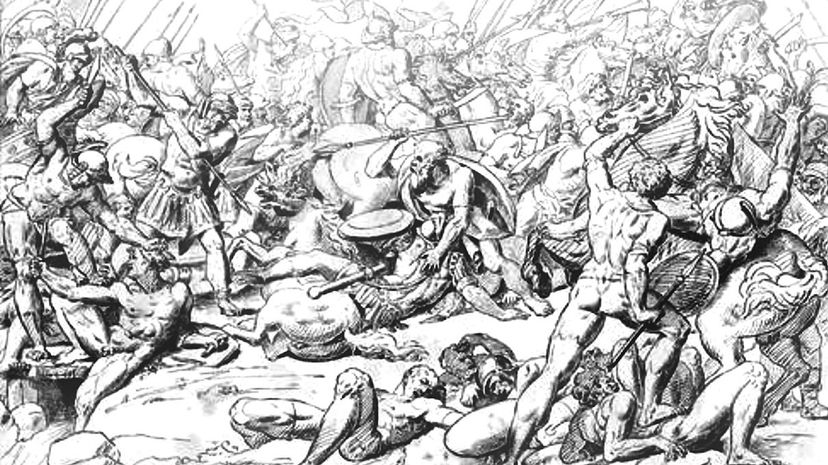
When the Plague of Athens hit, the Athenians were in a war against Sparta. The virus quickly swept over the area, infecting a large number of people. It was thought to have come in through the ships arriving at the local port, spreading around the city.
Advertisement
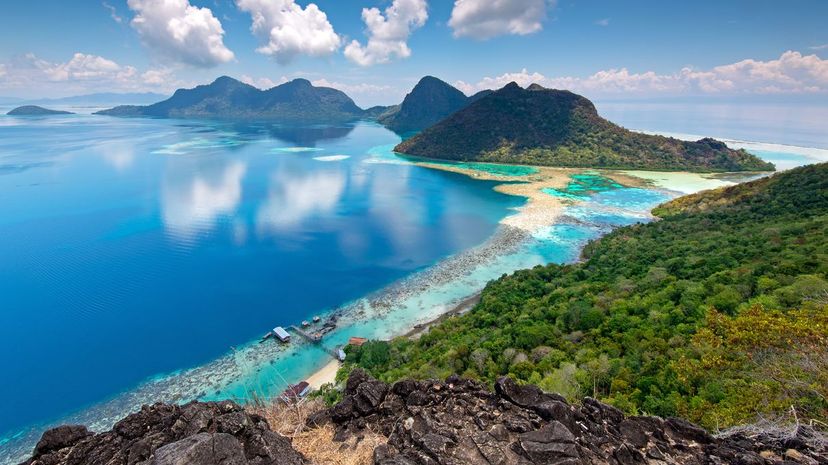
Sundaland was a continent in ancient times, but its modern day equivalent are islands within Asia. The main devastation this area faced was the separation of animals that lived there, that are now found in different areas than they would have been if the flooding never occurred.

While many disasters of the ancient world were catastrophic and did much physical damage, drought was also just as deadly in the long term. The lack of water brought big consequences to the Mayans who ultimately were thought to have perished due to this.

Far enough away that he wasn't affected by the disaster, Pliny the Younger wrote an account about what he had witnessed. His account was thought to be the date that Mount Vesuvius erupted, but this was later thought to be incorrect.
Advertisement

Lasting 300 years, this was no simple drought that could be fixed with just any rainfall. It affected the civilizations in the area as they could no longer rely on crops and farming that they needed to survive.
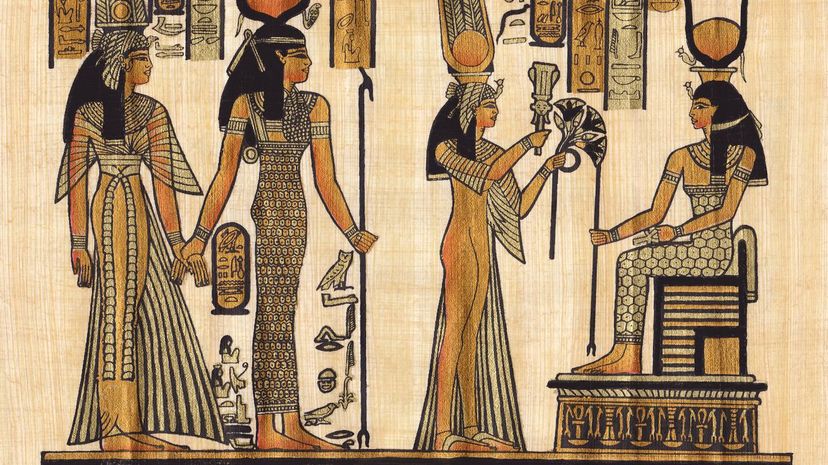
The volcanic eruptions that took place at this time were devastating for Egypt and for Cleopatra as a leader. The ash meant that rainfall was minimal, halting farming for long periods of time.
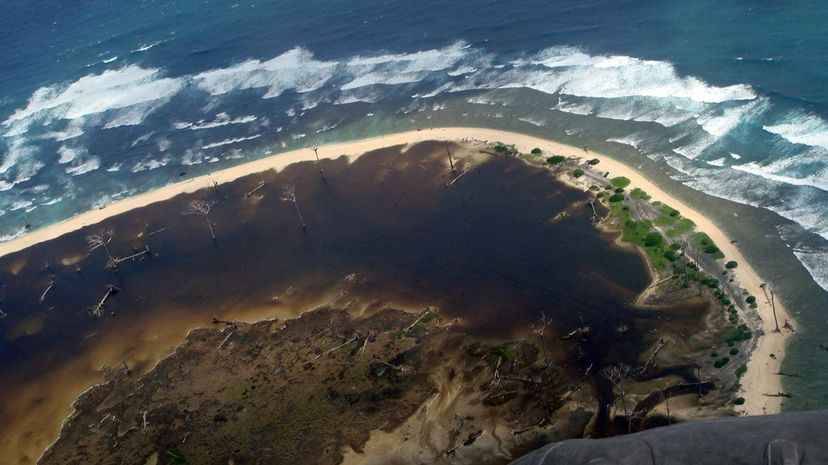
In 426 BC, a large tsunami caused by an earthquake struck Greece. The event was recorded by Thucydides who correctly theorized on why the disaster took place. He knew that an earthquake had to have left behind the massive event.
Advertisement
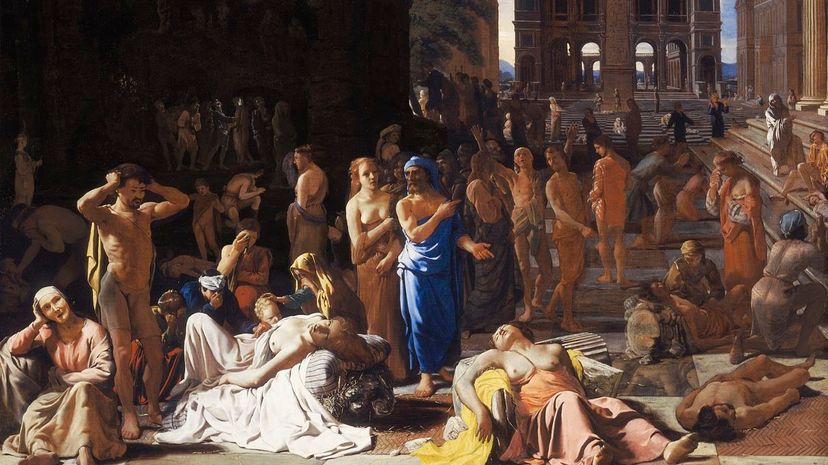
Athens was hit hard by a virus that many historians and scientists today believe was an Ebola outbreak. The citizens of the ancient world, however, did not have the means to deal with such an epidemic, and it caused widespread panic.
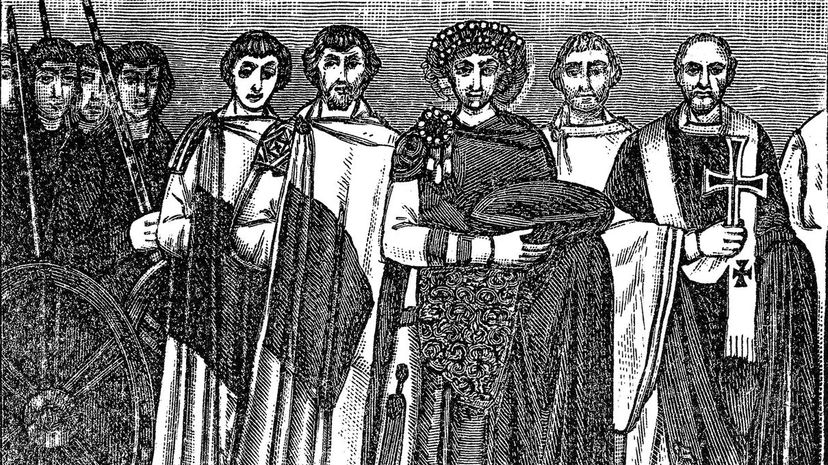
Justinian I was quite sympathetic when this crisis took place and made sure that the area had the means to rebuild shortly after everything had calmed down. He made sure that enough money was sent to fund this new rebuilding process.
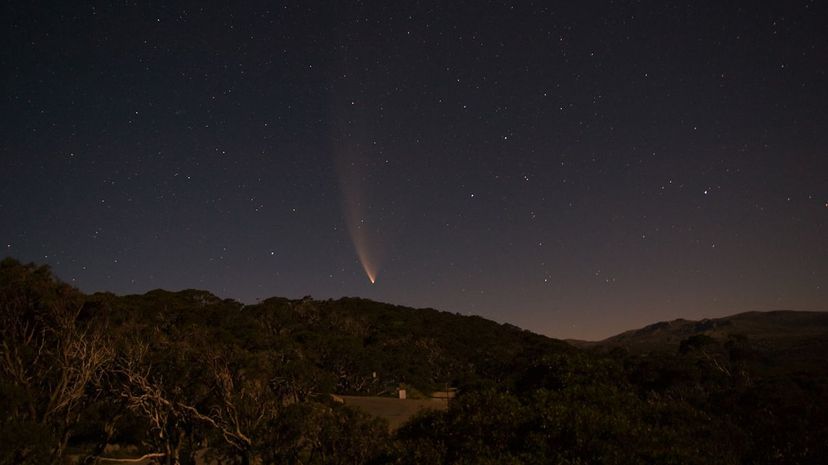
Though it may sound like something out of a book or movie, a comet hit the Earth in ancient times and caused mayhem around the world. The sea levels started to rise upon the impact and buried tons of land.
Advertisement

This eruption came from the Thera volcano and did some serious damage on the world around it. Modern-day Santorini was wiped out by the eruption, as well as the island of Thera, leaving large craters.
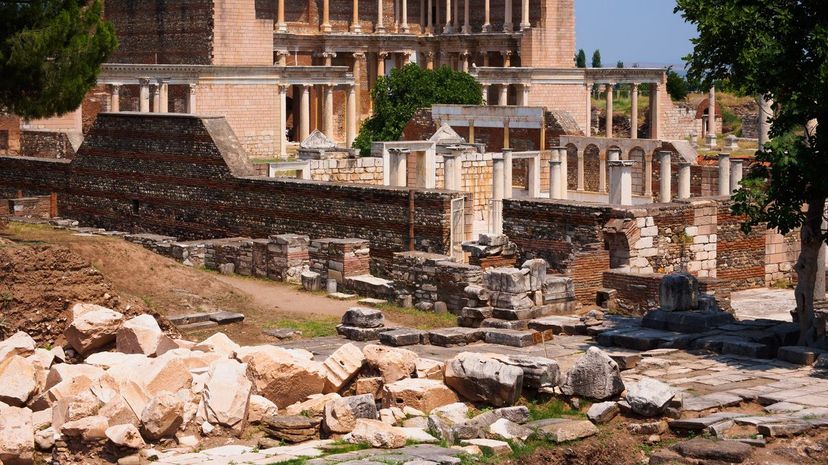
The Lydia earthquake hit the area when everyone was least expecting it, in the middle of the night. It was recorded by Pliny the Elder who wrote of its incredible impact and strength as it affected a large part of the empire.
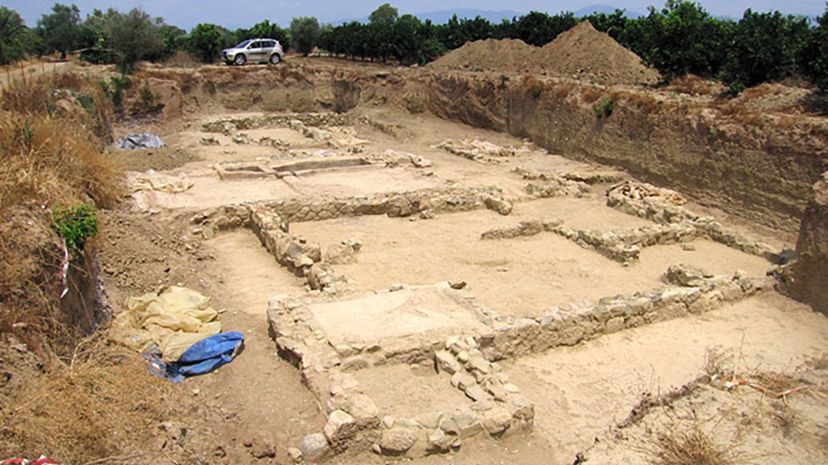
Though citizens took notice of the animals hightailing it out of the area, they didn't expect what was coming next. A few days later, the area was hit by a tsunami which marked the end of the city. Striking in the night, the city was quickly submerged, and everyone there was killed.
Advertisement
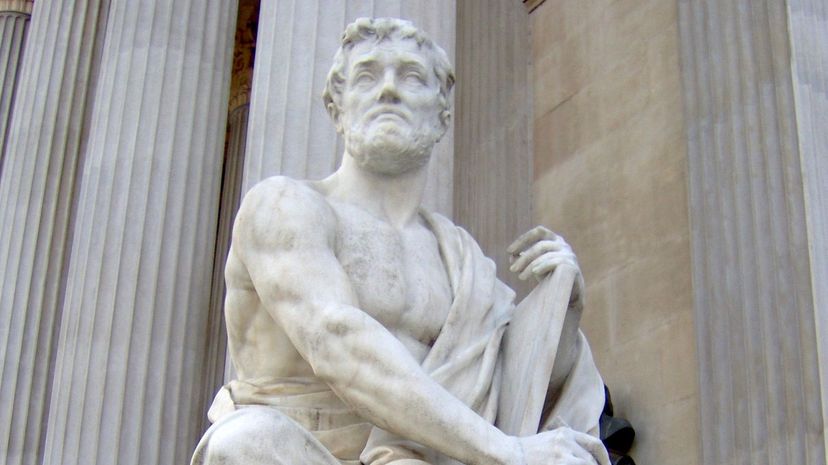
Multiple notable Greek individuals wrote their take on the entire tragedy which left the area in turmoil. The earthquake was noted for its strength and even destroyed the capital city. The Lydian Empire suffered greatly after this tragedy.
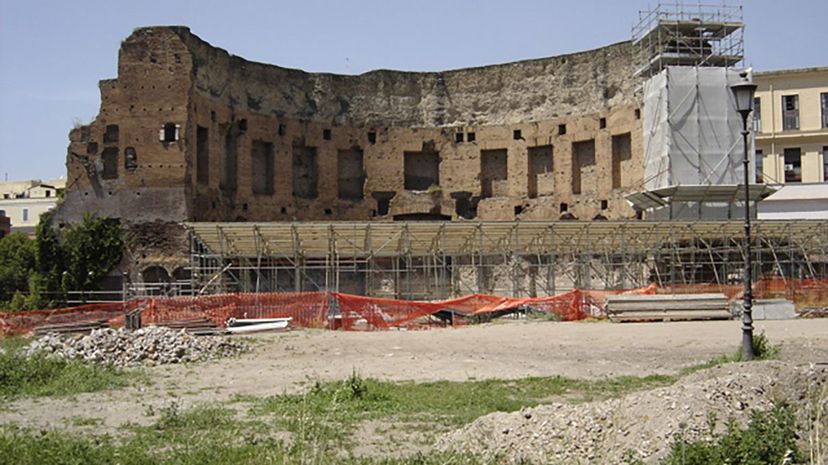
The Antioch earthquake destroyed many buildings, but it only damaged the famous Domus Aurea. The church didn't completely fall, but was devastated by fire in the following days. After that, it withstood many other earthquakes that impacted the region.
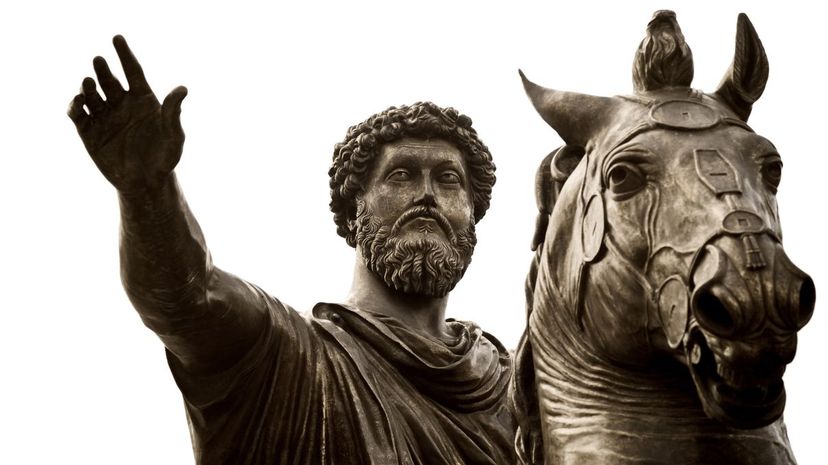
This deadly plague rapidly spread throughout the Roman Empire to places like Gaul, killing thousands upon thousands each day. It was noted that the plague heavily affected the army in 166, later spreading to others.
Advertisement
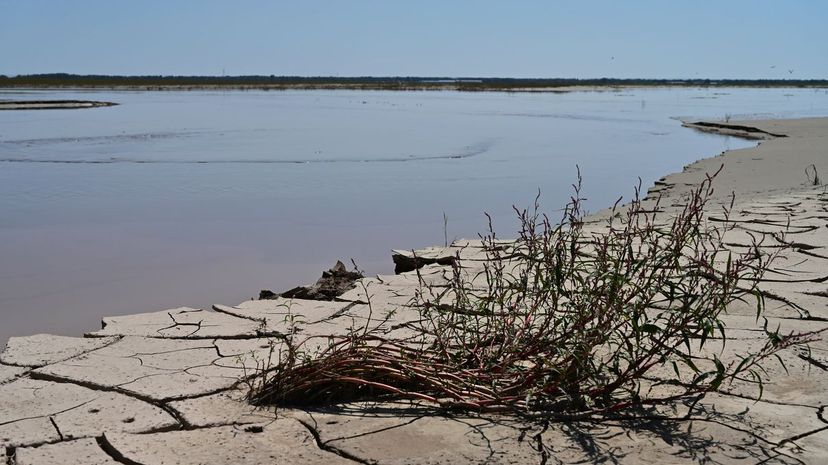
A discovery brought to light all the myths that were told about a great flood that started China, and proved that the myths were true. Rock deposits showed that a massive flood, much bigger than anything we have ever seen, ripped through Lajia during prehistoric times.
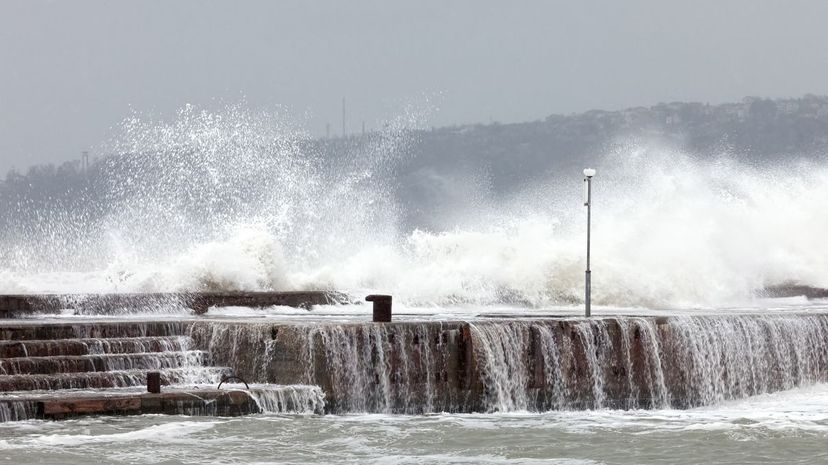
This theory investigates the fact that the Black Sea has changed and rerouted itself over the years. In ancient times, it's thought that glaciers manipulated it from draining into the Aegan Sea, to the North Sea. It is also thought to have declined in volume at one point.

The Antonine Plague was devastating for the people of the Roman Empire, even killing their emperor at the time, Lucius Verus. Just when they believed that the worst was over, the plague made a return a few years later and is estimated to have killed millions of Romans.
Advertisement
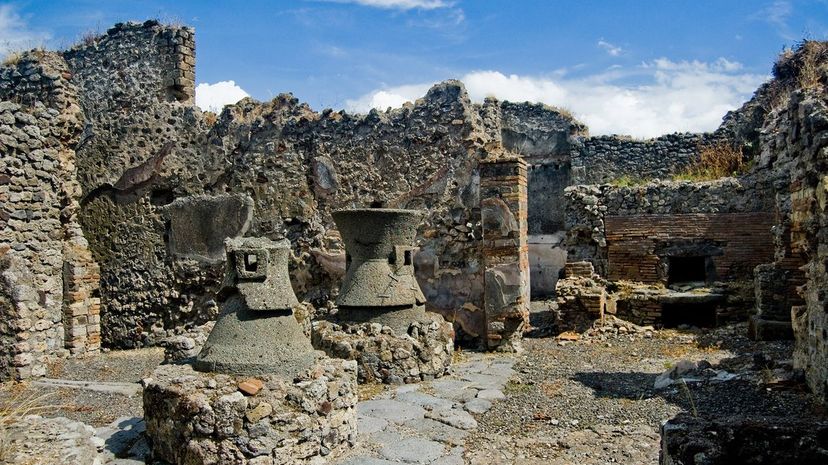
The day that Mount Vesuvius erupted would have ended much differently if the wind had been blowing the other way. The volcanic ash that killed everyone in Pompeii would have drifted elsewhere instead.
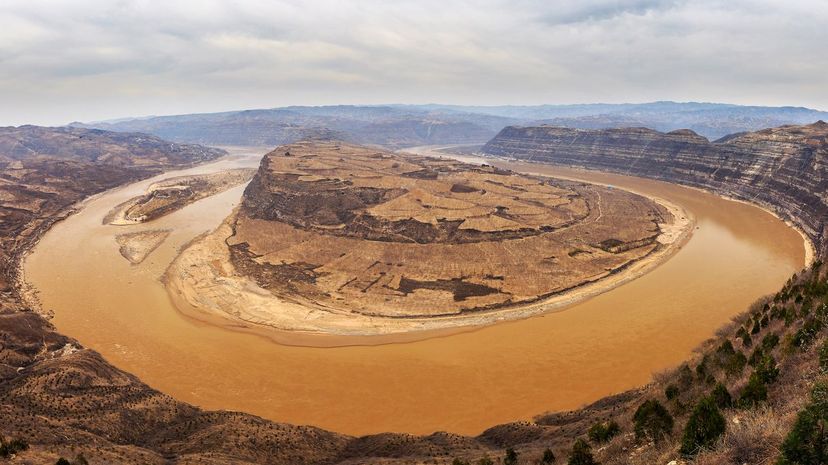
Noodles are probably something that no one expected to find in the ruins left behind after the flood, but they are considered to be the oldest and best preserved ever to be found. They give insight to what the people of the time ate and what their food was composed of.